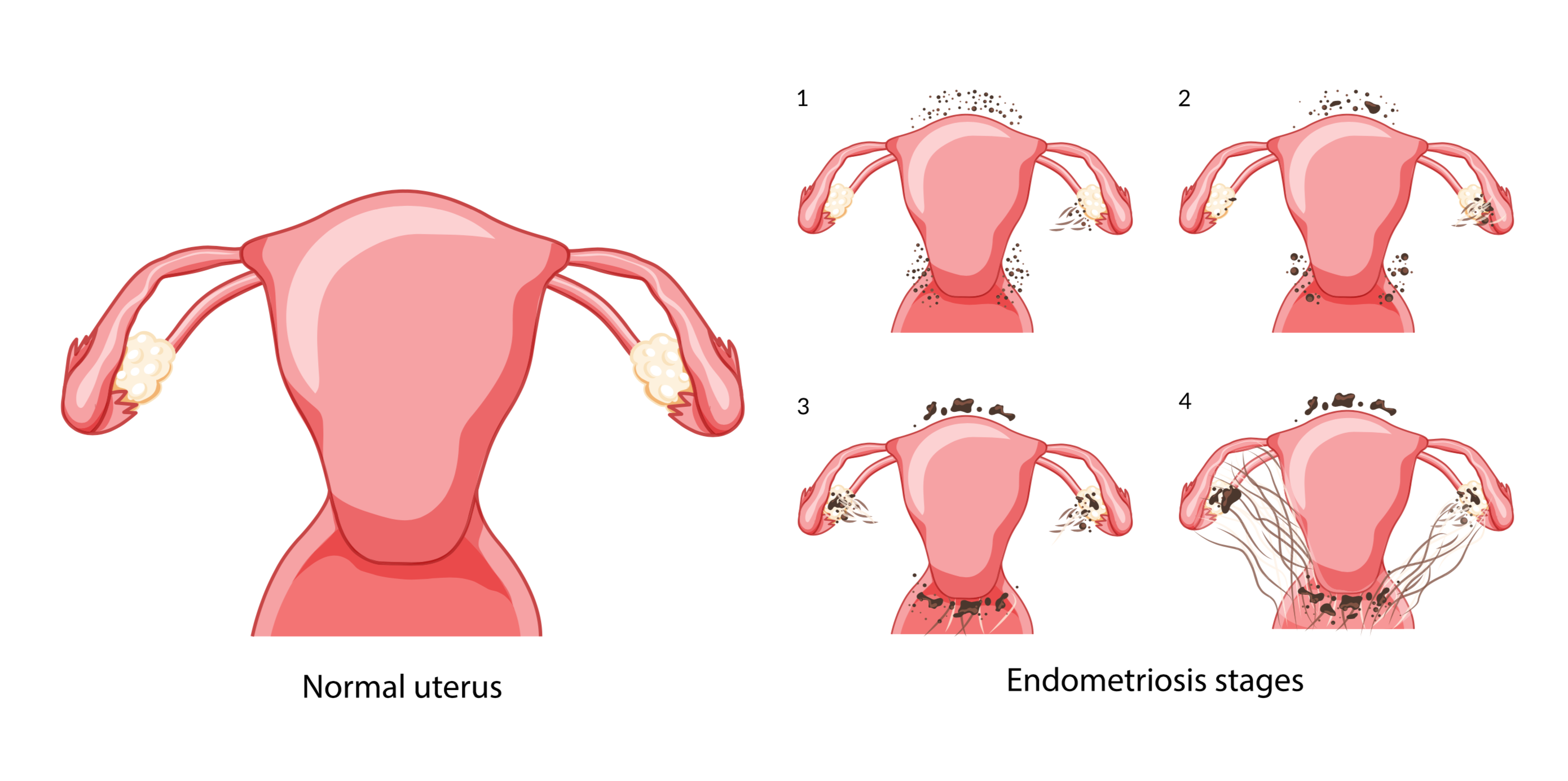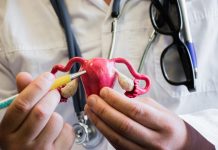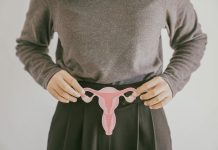Researchers were able to better identify the causes of endometriosis using different datasets of women with and without the condition, finding genetics play a large role
Endometriosis has enormous implications for the quality of a woman’s life. Occurring in 5-10% of women of reproductive age, this severe inflammatory condition can cause constant and intense pelvic pain, fatigue, depression, anxiety, and infertility. Yet up until now, knowledge of the causes of endometriosis has been limited.
Affecting over 190 million women globally, endometriosis is characterised by the presence of tissue that resembles the uterus lining (endometrium) outside the uterus. These endometriotic deposits are mostly on organs within the pelvis (such as the ovaries, pelvic surfaces and ligaments, bowel or bladder).
Endometriosis affects over 190 million women globally
Endometriosis takes an average of eight years to diagnose
Endometriosis can only reliably be diagnosed through surgery and sometimes imaging, and often takes an average of eight years to diagnose from the first sign of symptoms.
To make things worse, treatment for the condition is limited to repeated surgeries and hormonal treatments with numerous side effects that do not allow women to get pregnant.
Could finding the root causes of endometriosis change the way it is treated? Researchers at the University of Oxford explore this in collaboration with 25 teams internationally.
Ovarian endometriosis has a different genetic basis from other disease manifestations
In the largest study to date of the genetic basis of endometriosis, researchers compared the DNA code in women with and without the disease, providing clues to the biological processes that are the basis for onset and progression.
It is known that endometriosis can run in families, and therefore that genetic factors (heritability) play a role in how it develops in some women, but not in others.
Very little is known about the causes of endometriosis and studying genetics, so gathering DNA from 60,600 women with endometriosis and 701,900 without revealing compelling evidence of a shared genetic basis for endometriosis – and other types of pain seemingly unrelated to endometriosis -including migraine, back pain and multi-site pain.
Researchers found 42 areas across the genome that harbour variants that increase the risk and causes of endometriosis. Linking these variants to the profiles of molecules in endometrium and blood, they identified a range of genes that were differentially expressed in these tissues, therefore highlighting a likely role in disease development.

Researchers found genome areas that harbour variants that increase the risk of endometriosis
Surprisingly, many of the implicated genes play a role in pain perception and maintenance: there was a shared genetic basis for endometriosis and a range of other chronic pain types such as migraine, back pain, and multi-site pain.
This list of genes is important for further work to develop new treatments, better targeted to subtypes of the disease. For instance, they found that some genetic variants were more associated with ovarian ‘cystic’ endometriosis than superficial disease spread throughout the pelvis.
Designing new pain-focused non-hormonal treatments
These findings also allow the possibility of designing new pain-focused non-hormonal treatments, or repurposing existing pain treatments, for endometriosis.
Dr Nilufer Rahmioglu, Senior Research Scientist at the Wellcome Centre for Human Genetics, University of Oxford, and first author of the study commented: ‘Using different datasets of women with and without endometriosis, some of which had unprecedented, detailed data on surgical findings and pain experience collected using standardised criteria, allowed us to generate a treasure trove of new information about genetically driven endometriosis subtypes and pain experience.’
Editor's Recommended Articles
-
Must Read >> Why is endometriosis still hard to diagnose?



























